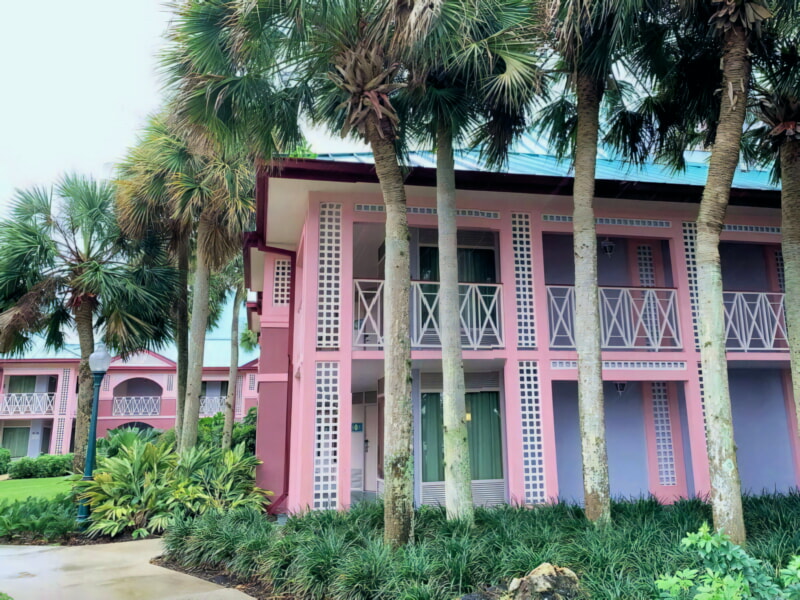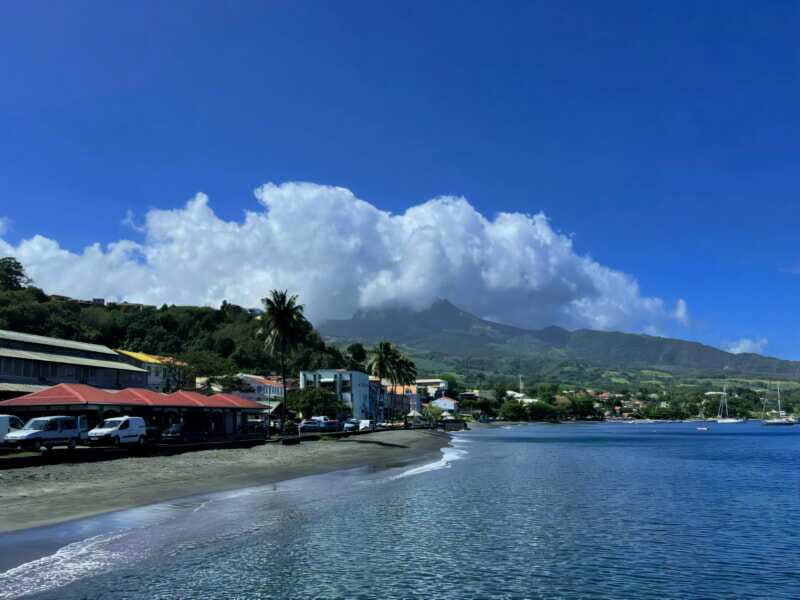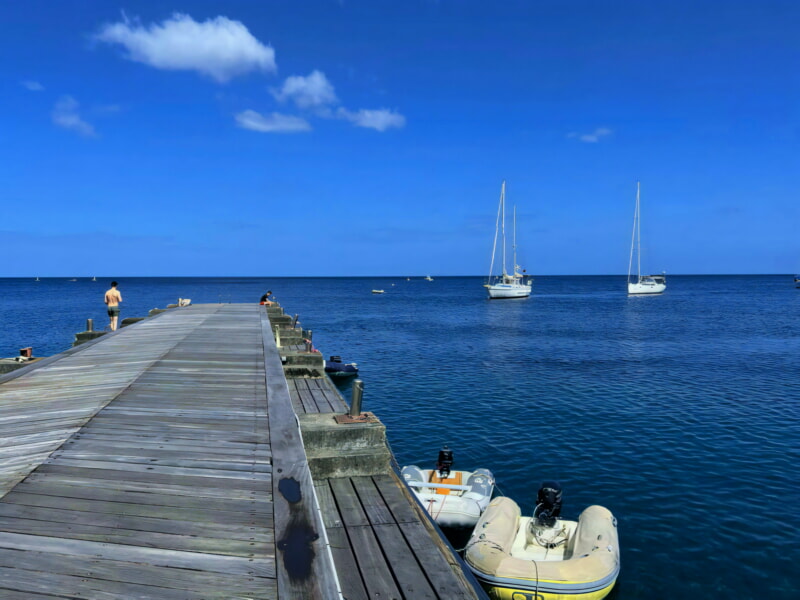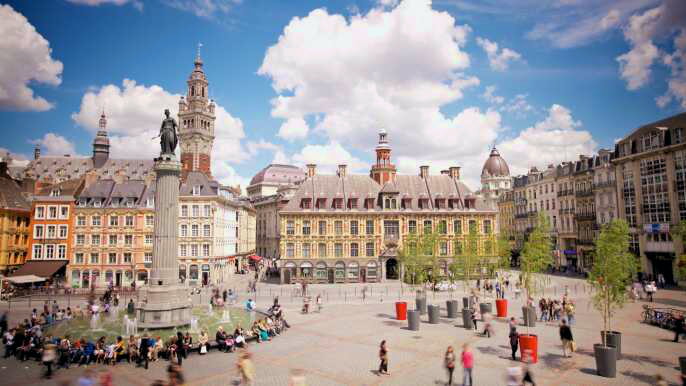Martinique is the quintessential Caribbean island, with a glistening strand of white-sand beaches and gushing waterfalls. It's also home to a slew of fascinating museums, verdant botanical gardens and rugged cliffs.
Martinique's capital, Fort-de-France, is often the base for travelers exploring this enchanting Caribbean gem. It's home to the prestigious Schoelcher Library, a remarkable feat of architecture named after abolitionist Victor Schoelcher, and other attractions that illustrate Martinique's rich history.
1. Anse Cafard Slave Memorial
Martinique has a strong tradition of poignant and powerful slave memorials. They are a fitting way to pay tribute to the many Africans who died in slavery across the Caribbean.
One of the most moving of these is Anse Cafard Slave Memorial, a chilling site high on a hill in southwest Martinique that rewards intrepid travelers with panoramic views and a poignant glimpse into Martinique’s past. The 20 white stone effigies here commemorate an 1830 shipwreck in which a slave ship crashed into Diamond Rock Mountain, killing many of its crew and shackling slaves to its cargo holds.
These concrete statues, each eight feet tall and sculpted in the image of downcast individuals bowed at their shoulders, stand in a triangular shape to symbolize the triangular trade between Africa, the Caribbean and Americas. They face Diamond Beach and are oriented at an angle of 110 degrees in line with the Gulf of Guinea, where the ship that wrecked was from.

2. Diamond Beach
Le Diamant is a thriving destination that appeals to travelers of all kinds. Water sports enthusiasts can enjoy a variety of activities in the Caribbean sea, while history lovers will love visiting the fortifications built by Napoleon and learning about the process of making rum at the Maison de la Canne.
The beach here has a long strip of pristine white sand that rims the shore, a great spot for a stroll or for a swim. The Atlantic is rough and not always safe for swimming, but it’s an experience to snorkel above the sand here, with beautiful views of Diamond Rock.
The beach here is also home to a sandbar, perfect for a relaxing picnic or for enjoying an evening drink. A modern bathroom and changing facilities are available near the beach, while a small restaurant and bar serve local cuisine and cold drinks.

3. La Savane des Esclaves
Located on the south side of Fort-de-France Bay, La Savane des Esclaves is a two hectare open-air museum operated by owner Gilbert Larose. It replicates a post-slavery native village and farm with traditional houses built of palisades wood with beaten earth floors and cane-leaf roofs.
You can also find a garden cultivated in a traditional manner, with fruit and vegetables like yams, sweet potatoes, mangoes, manioc, corn, pineapple, and bananas. This area is also a great place to learn about the medicinal uses of plants and flowers from Martinique’s indigenous people.
The founder of this site, Gilbert Larose, devoted his life to creating this open-air museum because he wanted to make sure that Martinicans never forget the dark history of slavery in Martinique. He did it with a lot of passion, but with a little help from his family and friends.

4. Saint-Pierre
Saint-Pierre, on the island of the same name, is the largest town in the sparsely populated French archipelago of Saint-Pierre and Miquelon. You can access it from a ferry in Newfoundland, or by plane (one flight per week is operated from Paris).
There’s plenty to do on the islands. You can hike to the summits of volcanoes or cirques, take a boat trip to see puffins or blower dolphins, go on a coffee plantation tour and learn how rum is made.
You can also do a guided walk through the Nature Interpretation Centre, which takes you into the local heritage and natural landscapes. These walks last from 2-5 hours and are great ways to get out into the natural environment of the island.
You can also go swimming with the pantropical spotted dolphins that live in the waters surrounding the Grand Barachois lagoon on St. Pierre. This is a popular attraction for both locals and tourists, so it’s best to make reservations before arriving.
